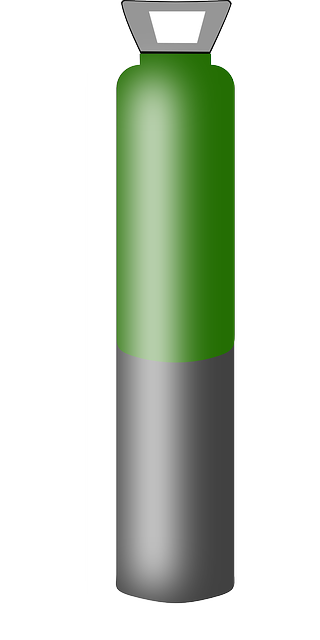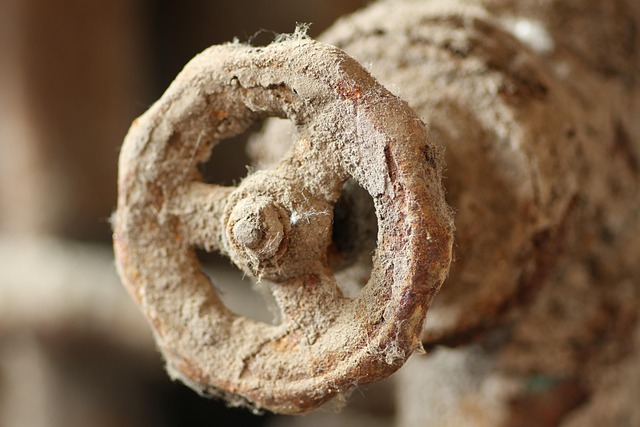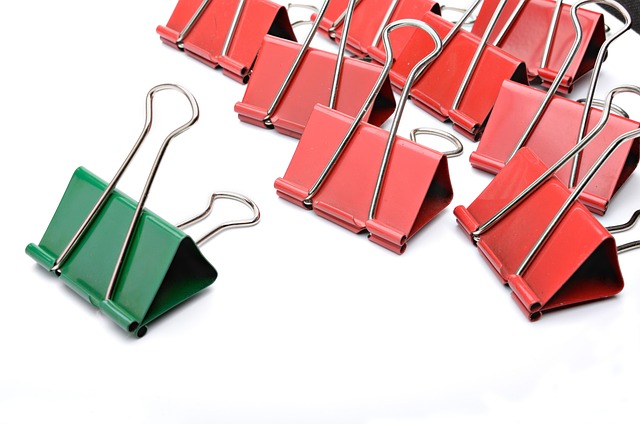In Hazmat management, addressing "dome clamp hazmat scenarios" with specialized equipment like the lid tight dome clamp prop is vital for safety. These scenarios require meticulous preparation and swift execution due to unpredictable hazardous materials risks. Comprehensive training equips personnel to identify hazards, respond to emergencies, and adhere to critical protocols, fostering a culture of vigilance and expertise. Regular hands-on training using the lid tight dome clamp prop enhances team coordination, decision-making, and adherence to safety protocols, preparing them for real-world challenges involving hazardous materials containment and management. Post-training assessments ensure skills improvement and help refine the training program based on practical feedback.
In hazardous dome clamp operations, proper training is vital for mitigating risks and ensuring worker safety. This article explores the critical need for specialized training units in preparing teams for realistic hazmat scenarios involving lid tight dome clamps. We delve into the unique challenges these situations present, highlighting the importance of comprehensive training programs. From understanding risks to implementing effective hands-on techniques, discover key strategies for equipping your team with the skills necessary to navigate dome clamp hazards confidently using practical prop simulations.
- Understanding Dome Clamp Hazmat Scenarios: Risks and Importance
- The Role of Lid Tight Dome Clamps in Safety Protocols
- Choosing the Right Training Unit for Effective Preparation
- Key Components of a Comprehensive Training Program
- Hands-on Training Techniques for Realistic Simulations
- Evaluating and Enhancing Skills: Post-Training Assessment Strategies
Understanding Dome Clamp Hazmat Scenarios: Risks and Importance

In the realm of hazardous material (Hazmat) management, understanding specific scenarios is paramount to ensuring safety and mitigating risks. Dome clamp hazmat scenarios, characterized by the use of a lid tight dome clamp prop, involve securing and containing potentially dangerous substances within specialized containers. These situations demand meticulous preparation and swift execution due to the inherent risks associated with handling unpredictable hazardous materials.
The importance of training units for these scenarios cannot be overstated. Proper training equips personnel with the knowledge and skills necessary to navigate complex situations involving lid tight dome clamps. By simulating realistic Hazmat scenarios, employees learn to identify potential hazards, respond effectively to emergencies, and adhere to critical safety protocols. This proactive approach revolutionizes hazard management, fostering a culture of vigilance and expertise within organizations dealing with hazardous materials.
The Role of Lid Tight Dome Clamps in Safety Protocols

In hazardous material (hazmat) scenarios, the role of lid tight dome clamps cannot be overstated. These specialized props serve as a critical component in ensuring the secure containment and sealing of containers, which is paramount for minimizing exposure risks to personnel and the environment. By applying uniform pressure across the entire lid surface, dome clamps create an airtight seal, preventing any potential leaks or releases of hazardous substances. This simple yet effective mechanism plays a pivotal role in safety protocols, especially during training exercises designed to prepare response teams for real-world emergencies.
Training units focused on hazmat scenarios should therefore prioritize the inclusion of lid tight dome clamp props. Their realistic simulation of emergency conditions allows trainees to hone their skills in properly securing and managing hazardous materials. This hands-on experience is invaluable, as it enhances team coordination, improves decision-making under pressure, and reinforces adherence to safety protocols. Ultimately, regular training with these clamps contributes to a more prepared and responsive workforce capable of effectively addressing dome clamp-related challenges in the field.
Choosing the Right Training Unit for Effective Preparation

When preparing for dome clamp hazmat scenarios, selecting the appropriate training unit is paramount to ensure effective and realistic preparation. The ideal training unit should closely mimic the conditions encountered in actual emergency situations, down to the smallest details. This includes features like a sturdy construction to withstand rigorous use, a precise locking mechanism resembling a lid tight dome clamp, and the incorporation of hazardous materials (hazmat) elements that reflect the risks involved.
A well-chosen training unit, featuring a prop that accurately replicates the lid tight dome clamp, allows trainees to develop muscle memory and refine their techniques in a controlled environment. This hands-on experience is invaluable, as it enables personnel to respond swiftly and confidently during real-world emergencies. Moreover, such units offer the flexibility to customize scenarios, enabling comprehensive preparation for a wide range of potential hazmat incidents.
Key Components of a Comprehensive Training Program

A comprehensive training program for dome clamp hazmat scenarios should incorporate several key components to ensure effectiveness and safety. First, hands-on practice with the lid tight dome clamp prop is essential, allowing trainees to familiarize themselves with the equipment’s functionality and features in a controlled environment. This includes learning how to properly secure and tighten clamps, which are crucial for containing hazardous materials during operations.
Additionally, theoretical knowledge about different types of hazmat materials, their properties, and potential risks should be an integral part of the curriculum. Trainees must understand how to identify various substances, recognize their characteristics, and respond appropriately when dealing with leaks or spills. Scenario-based training, focusing on realistic situations, is another vital element. These scenarios should cover a range of challenges, from routine tasks to complex emergencies, enabling participants to develop strategic thinking and decision-making skills in stressful conditions.
Hands-on Training Techniques for Realistic Simulations

In the realm of Hazmat training, practical, hands-on methods are pivotal for preparing teams to handle domain-specific challenges. When simulating dome clamp scenarios with a lid tight dome clamp prop, instructors can create immersive environments that mimic real-world hazards accurately. Participants gain firsthand experience in donning personal protective equipment (PPE), manipulating the clamp, and managing hazardous materials, all while adhering to strict protocols.
These interactive techniques foster a deeper understanding of procedure and urgency. By working with the physical lid tight dome clamp, trainees can develop intuitive responses to unexpected developments during a crisis. The hands-on approach allows for realistic practice in a controlled setting, enabling teams to refine their coordination and decision-making skills, thereby enhancing their preparedness for high-stakes situations involving hazardous materials containment and management.
Evaluating and Enhancing Skills: Post-Training Assessment Strategies

After completing a training unit on dome clamp hazmat scenarios, evaluating and enhancing skills is paramount. Post-training assessment strategies should focus on gauging participants’ proficiency in using lid tight dome clamps to manage hazardous materials effectively. One effective method involves practical demonstrations where trainees are presented with simulated hazardous situations and required to demonstrate their ability to secure the lid tight dome clamp promptly and correctly. This hands-on approach allows instructors to observe and provide immediate feedback, ensuring that each participant grasps the essential techniques.
Additionally, incorporating scenario-based assessments provides a comprehensive view of trainees’ decision-making skills under pressure. By creating realistic scenarios involving different types of hazardous materials and containment challenges, instructors can assess how well learners apply their knowledge in practical, high-stakes situations. This data informs targeted areas for improvement, allowing the training program to continually evolve and better prepare individuals for real-world dome clamp hazmat scenarios.






